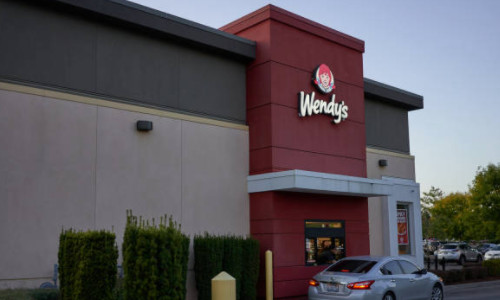
What is a reverse 1031 exchange?
Just like a 1031 exchange, a reverse 1031 exchange allows an investor to avoid capital gains taxes from selling a property. However, a reverse 1031 exchange works a little different. A reverse 1031 exchange works when a buyer purchases a replacement property before the sale of the relinquished property being used for the 1031. Here is how a 1031 reverse exchange works:
- The investor identifies and selects an exchange accommodation holder (EAT). An EAT holds the title of the replacement property until the “relinquished” property is sold
- The investor purchases a property. This purchase can be cash or financed.
- Once the purchase has been executed, the EAT will take the title of the property.
- The investor has 45 days to select the property they want to sell, and 180 days to sell the property.
- The investor selects a qualified intermediary to handle the exchange (similar to a regular 1031 exchange)
- The relinquished property sells, and the EAT transfers the replacement property to the investor
Why do a reverse 1031 exchange?
The market is hot right now, and it’s a challenge to find quality properties. We have known clients whose time is running out on completing a 1031 exchange ask themselves, “should I buy a property that I don’t necessarily like in order to avoid taxes?”
That’s a million dollar question (no pun intended), and each investor has a different mindset. Regardless of a client’s mindset, this reverse 1031 exchange could erase that million-dollar question all together. If an investor knew that he/she was selling the property and was in the process of closing, he/she could begin to look for another property. This could give the investor more time to look and identify a property. No one should be forced to buy a property that he/she may not like just to avoid taxes. The reverse 1031 exchange helps solve that issue.

